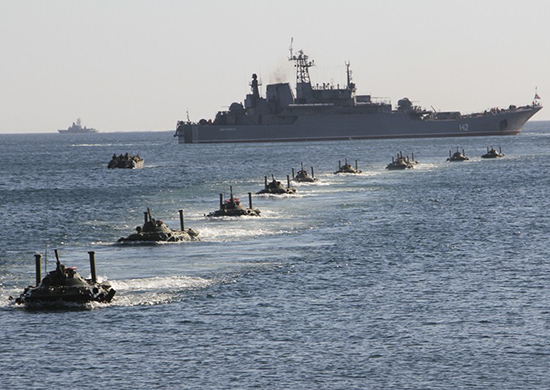
The sheer scale of Russia’s naval setbacks over the past three years is biting: scores of warships sunk or disabled in the Black Sea, its expulsion from Sevastopol, and sudden loss of secure access to Syria’s Tartus naval base. They have not only jarred Mediterranean operations but have boomeranged into the Arctic, where climate change is reshaping strategic seaways and more NATO power bases are emerging.
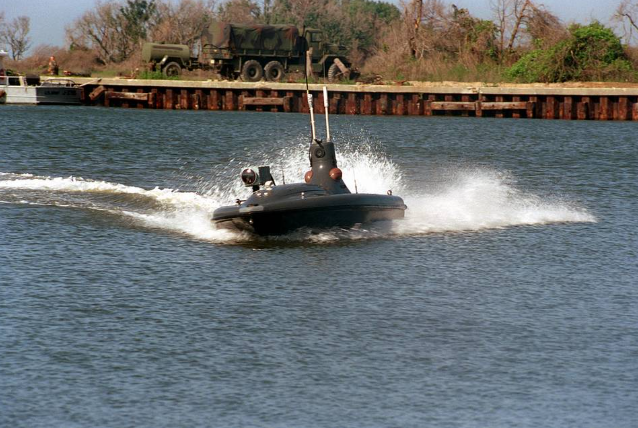
1. Ukraine’s Asymmetric Naval Warfare
Ukraine’s navy was made useless at the beginning of the 2022 invasion its flagship blown up, others sunk or seized. Kyiv’s answer was an asymmetric war on the basis of regionally produced uncrewed surface vehicles (USVs) and precision missile strikes. By early 2024, this had evolved into coordinated swarm attacks, with ten to twelve USVs launched at the same time, disabling propulsive capability before follow-on attacks struck structural weaknesses. The Magura V5 USV, capable of delivering both bombs and hacked air-to-air missiles, even downed a Russian Su-30 in May 2025 a first for a naval drone. This integration of USVs and UAV reconnaissance, Storm Shadow missiles, and electronic warfare created what Ukrainian strategists call a “dilemma cascade,” incapacitating Russian defenses and driving the Black Sea Fleet east to Novorossiysk.
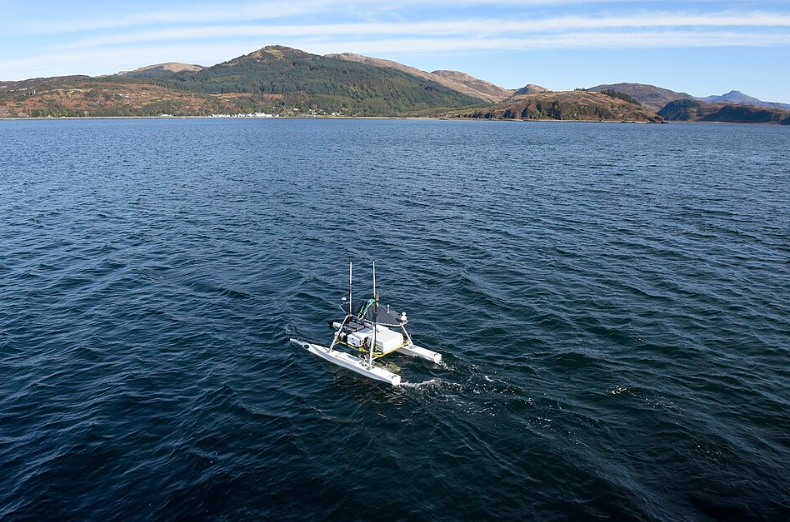
2. Technical Edge of Ukraine’s Naval Drones
Initial USV operations were marred by range and reliability issues, with hardly any reaching target after 8–20 hour missions from Odesa. Subsequent “cookie batch” production runs improved relatively quickly survivability, payload flexibility, and guidance sets. Real-time operator direction and intelligence, often derived from NATO sources, enabled precision strikes. The ability to hit a second USV into the same gap created by the first, such as sinking the RFS Ivanovets, exhibited the platform’s precision advantage over faster missiles.
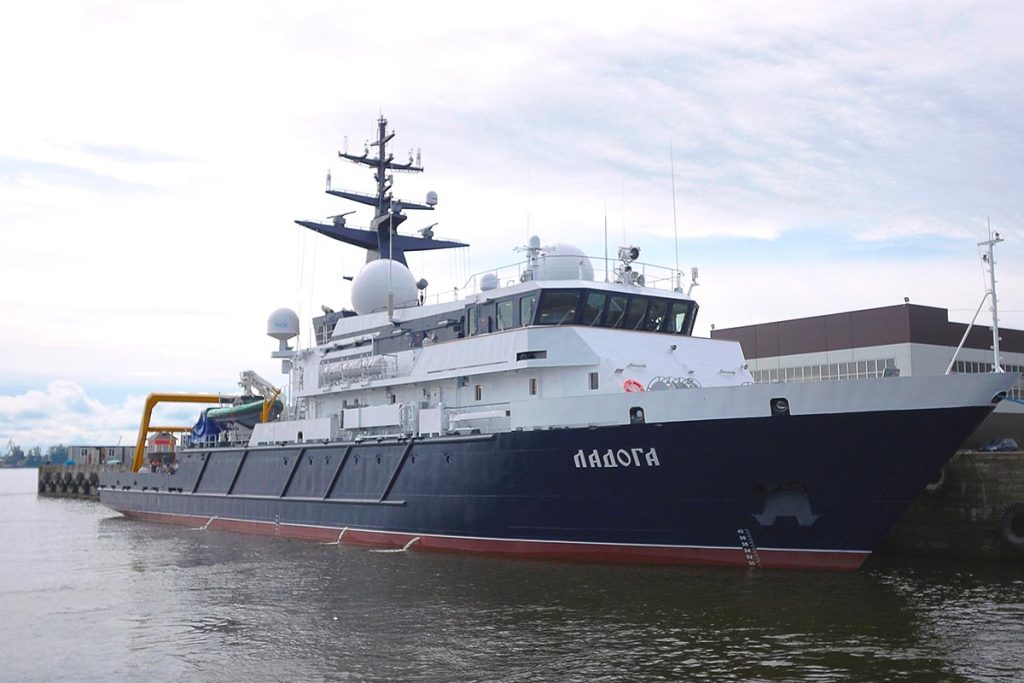
3. The Strategic Loss of Tartus
Tartus, captured on lease in 2017, was Russia’s only replenishment and repair base in the Mediterranean, which facilitated longer deployments without going through home ports. Its decline, following the collapse of the Assad regime in late 2024, has forced Russian vessels to rely on far-away auxiliary fleets and distant bases. In the absence of access through the Turkish Straits, closed to it by the Montreux Convention, warships deployed in the Mediterranean lack docking facilities. Alternatives such as Libyan or Algerian bases have limited maintenance capability and are politically risky, while Port Sudan entails severe logistical difficulties.
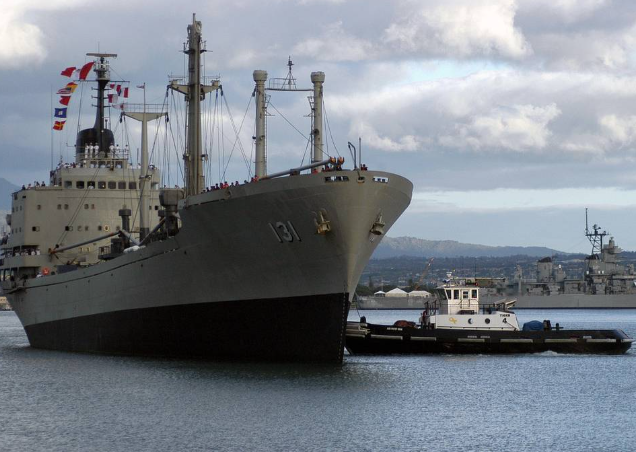
4. Logistics Without Forward Bases
Without Tartus, it takes a Mediterranean task force longer lines of supply, more rotation, and more reliance on auxiliaries like the Project 160. Maintenance cycles last longer, and the ratio of combatants to service ships tips unfavorably. This retards operational tempo and limits Russia’s capability to shadow NATO forces or conduct long-duration patrols. The loss further imperils Moscow’s Africa Corps logistics, which had staged through Tartus to enter Sudan and West Africa.
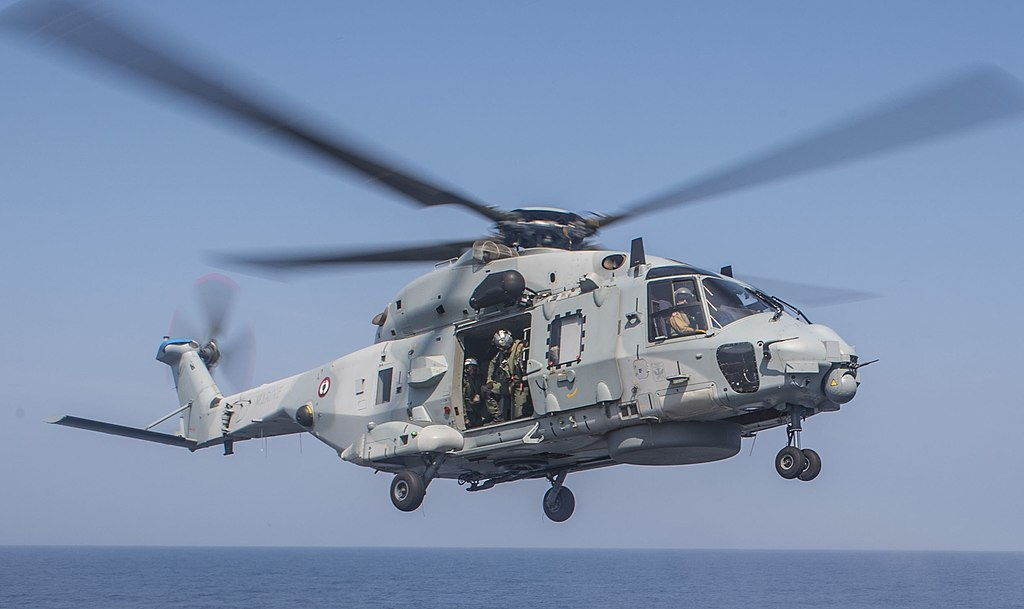
5. NATO’s Increasing Arctic Posture
Meanwhile, NATO is increasing activity in the High North. NATO Standing Maritime Group 1, led by the Dutch frigate HNLMS De Ruyter, has been conducting anti-submarine and surface warfare training in the waters off Norway’s northern edge. The NH90 helicopter carried by De Ruyter, equipped with dipping sonar and expendable buoys, extends the ship’s range to detect, a crucial role against Russia’s Northern Fleet submarines traveling from Murmansk to the Atlantic. Commodore Arjen Warnaar described the Arctic deployment as a readiness operation and a way of “seeing how they react to us being here.”
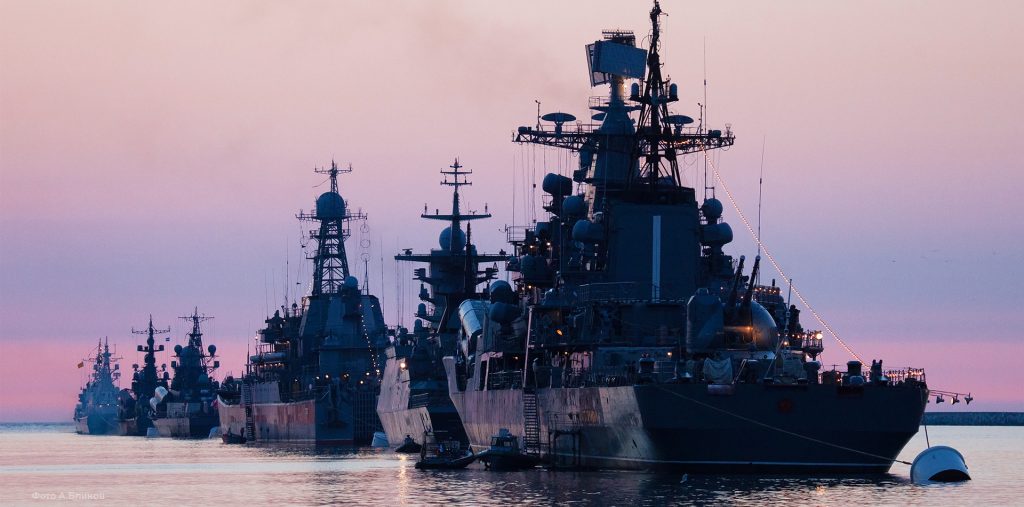
6. Russian Shipbuilding Under Strain
Sanctions have immobilized Russia’s naval shipbuilding programs. Important diesel engines, composite materials, and radar equipment for flagship surface combatants such as the Admiral Gorshkov-class frigates and Steregushchiy-class corvettes are unavailable. Import substitution initiatives are confronting development schedules of as much as 10 years and acute shortages of skills. Submarine and small missile ships that use domestic or Chinese engines are still feasible, but production of big surface combatants is stalling. The planned Zvezda-United Shipbuilding Corporation merger is a pure effort at consolidating resources in the face of chronic delays.
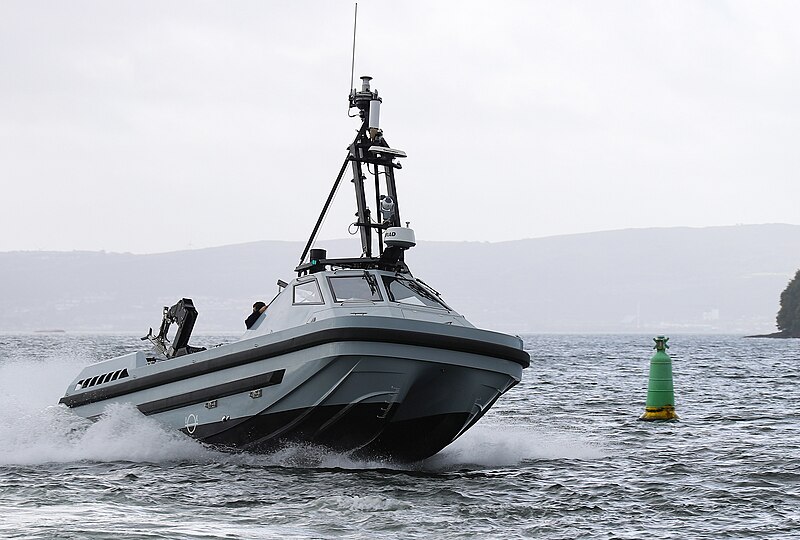
7. Russian Adaptation and Training
Moscow’s “July Storm” exercises included uncrewed surface vehicles in attack roles, reminiscent of Ukrainian methodology. While billed as defensive maneuvers, exercises involving naval drones, helicopters, and missile attack are likely geared toward NATO-style scenarios. But while NATO is integrating counter-drone operations into its own naval maneuvers, Russia is constrained from keeping pace by its shrinking fleet and stretched logistics.

8. Climate Change and Strategic Chokepoints
Melting Arctic sea ice is opening up new shipping lanes, increasing the strategic value of the Norwegian and Barents Seas. For Russia, whose Northern Fleet has become the only source for resources for both Arctic and Mediterranean operations, it is an issue of resource allocation. For NATO, it is an opportunity to monitor and constrain Russian naval activity and challenges in defending vital undersea facilities from sabotage.
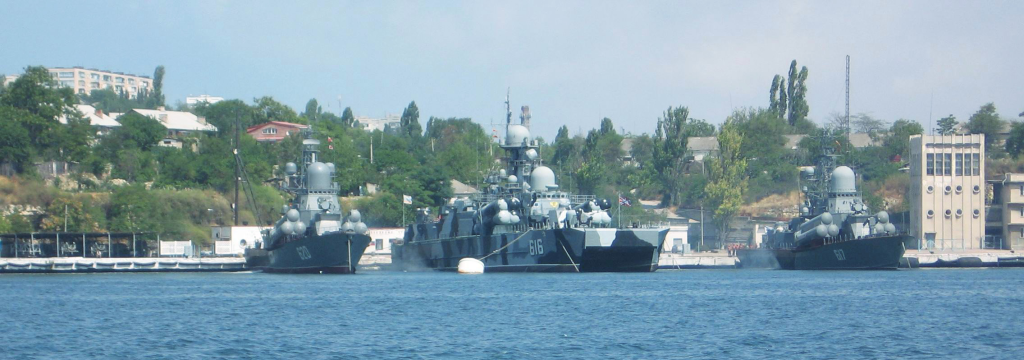
The meeting of Ukrainian technological expertise, the depletion of a critical foreign base, and NATO’s Arctic resurgence has put Russia’s fleet into simultaneous operational, logistical, and industrial test. Its ability to project power across theaters now hinges on gaining enduring basing deals, overcoming shipbuilding bottlenecks, and adapting to a battlespace where unmanned systems are recharting the oceans of war.

